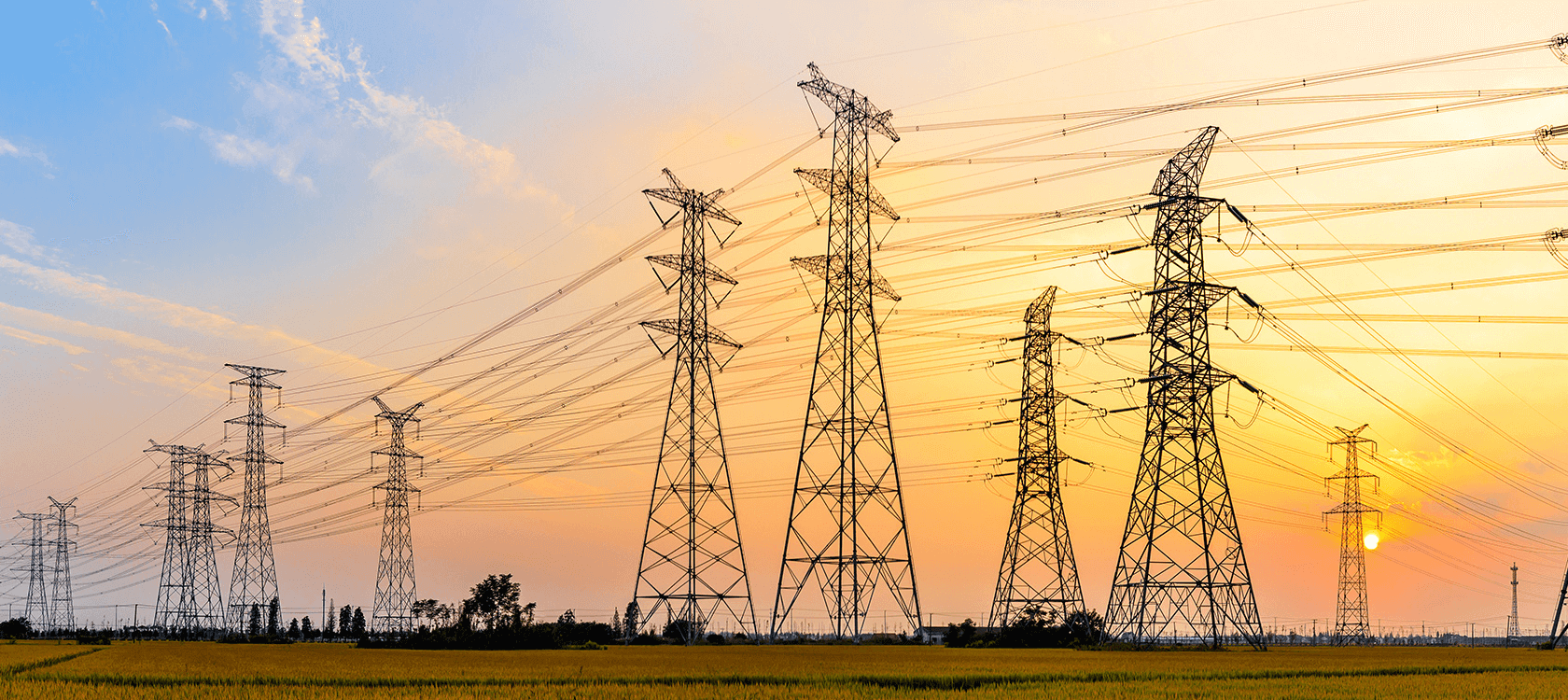In an age where nearly everything depends on electricity—from food distribution to water treatment to communication—it's time we stop asking if the power grid will fail, and start asking when. This isn't fearmongering. It's simple pattern recognition.
A Strategic Target
Foreign adversaries, rogue actors, and even ideologically motivated insiders have long viewed America's power grid as a high-value target. Why? Because it's not one grid—it's three major interconnections (Eastern, Western, and ERCOT in Texas), and each one is vulnerable in unique ways. Despite federal efforts to secure it, these systems remain full of legacy technology, digital blind spots, and easy-entry attack surfaces.
- Cyberattacks? Happening already.
- EMP threats? Still on the table.
- Sabotage? Proven possible.
- Grid overloads? Annual events.
What Happens When the Grid Goes Down?
In the early hours, most people will be confused.
By day two, frustration will turn into panic.
After three days, the unprepared will begin to unravel.
Without power:
- Grocery store shelves are empty in hours.
- Water stops flowing in many homes.
- Fuel pumps stop working.
- Communications become spotty at best.
- Medical devices, refrigerators, and even basic hygiene systems begin to fail.
In dense urban areas, the breakdown will be faster—and uglier.
But here's where it gets real: the physical condition of the average American will become a liability. Poor diet, dependence on prescription meds, dehydration from sugary drinks, and zero endurance means many will not just be inconvenienced—they'll be incapacitated. When bodies are weak, minds follow. And panic spreads faster than blackout news.
How to Prepare Before the Lights Go Out
Preparedness isn't paranoia. It's peace of mind with a plan.
At The Ready Nation, we don't sell fear—we teach realistic readiness.
Start here:
✅ Step 1: Secure Your Water
- Store 2+ weeks of drinkable water per person.
- Know how to filter, purify, and harvest rainwater.
- Have manual alternatives for toilets and hygiene.
✅ Step 2: Control Your Food Chain
- Keep at least a 2-week pantry of foods that don't require refrigeration.
- Learn how to cook without power (solar ovens, rocket stoves, etc.).
- Bonus: Eating better now improves your endurance later.
✅ Step 3: Stay Powered—At Least Minimally
- Invest in solar battery banks or portable power stations.
- Keep flashlights, headlamps, and battery-powered radios ready.
- Avoid relying on gas generators long-term unless you have a serious fuel reserve.
✅ Step 4: Communicate Smarter
- Have a plan to reach family or neighbors.
- Use text-based comms (radio, mesh networks, etc.).
- Join a local CERT or Mutual Aid Group for backup.
✅ Step 5: Build Your Physical Resilience
- Start walking. Every day.
- Ditch the sugar. Clean the diet.
- Train your body to run on less, and it'll serve you better in crisis.
Final Word
When the power goes out, your preparation turns into freedom.
Freedom from panic.
Freedom from dependence.
Freedom to help others instead of becoming another burden.
You don't have to be perfect. You just have to be prepared.
Start today. And if you've already started, keep going. You're not alone.

